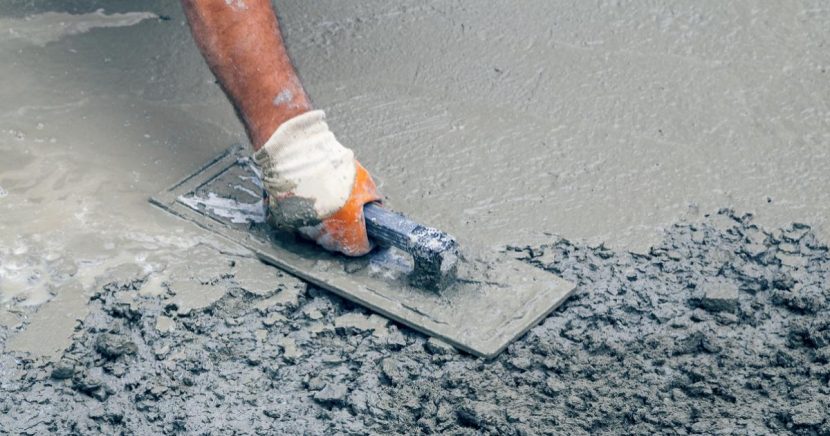Concrete is a desirable material for numerous building applications because of its strength, durability, reflectivity, and flexibility. These characteristics make it a durable and long-lasting solution for a variety of home and business applications. If your key ingredient in the concrete is sodium lignosulphonate, it will improve the workability of the concrete and also reduce the hydration heat at the early stage of cement hydration.
These are the benefits that you can get if you are using concrete as the material of your building.
1. It is resistant to high temperature
Concrete is more resistant to high temperatures than wood and steel. The primary binder in concrete, calcium silicate hydrate, C-S-H, can tolerate temperatures up to 910 degrees Celsius. Although concrete is a poor heat conductor, it may store a significant quantity of heat from the environment. Concrete can endure heat for 2–6 hours, giving enough time for rescue operations in the event of a fire. It is used in high temperature and blast applications to fireproof steel.
2. Strength and durability
Concrete outlasts other building materials by decades and actually strengthens with time. Concrete, surprisingly, strengthens year after year due to the cement component’s capacity to create connections with surrounding moisture particles. By adjusting the water, cement, and aggregate ratios, the degree of strength may be tailored to fit the demands of a given project.
The ‘nature’ of concrete makes it durable and lasts longer than other materials. It is relatively resistant to erosion, fire, rotting, corrosion, and weathering and requires little care and repair. As a result, concrete has a longer lifespan than many other building materials.
3. Cost-efficient
Concrete buildings minimize operating expenses associated with operational energy consumption, maintenance, and catastrophe rebuilding due to its durability, resilience, minimal maintenance requirements, and energy efficiency. Cement, water, and aggregates are the three main components of concrete. All of these are inexpensively accessible in local marketplaces. That is why the production cost of cement concrete is relatively inexpensive when compared to engineered cementitious materials used in building.
It also has low maintenance cost because in contrast to steel or timber buildings, where weathering is unavoidable, concrete structures do not require coating or painting for frequent applications. Concrete’s coatings will be updated and refinished on a regular basis, lowering the maintenance cost significantly compared to steel or wood.
4. Low carbon footprint
Concrete is a strong and durable material that can endure natural disasters, reducing the need for extra materials for restoration. Because concrete is frequently made from locally obtained materials, it takes less transportation and resources to get from one place to another. And, towards the end of its life, concrete may be recycled and reused, extending its natural lifespan even further.
As a conclusion, concrete is a really good material that you can use for your building because it will help you to save your budget and also have the best, sturdy building at the same time. It is resistant to high temperature, better strength and durability, cost-efficient and also helps the environment by leaving a low carbon footprint.

